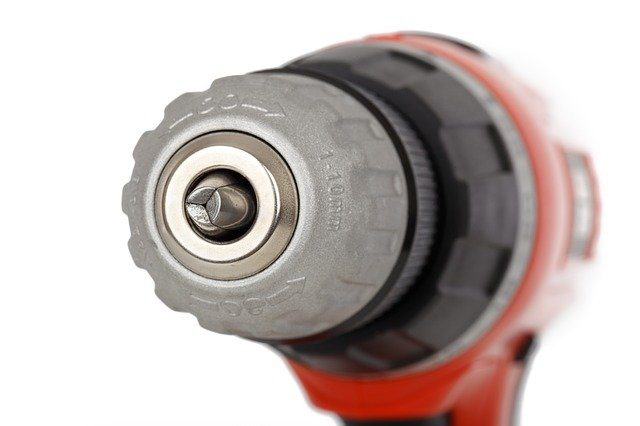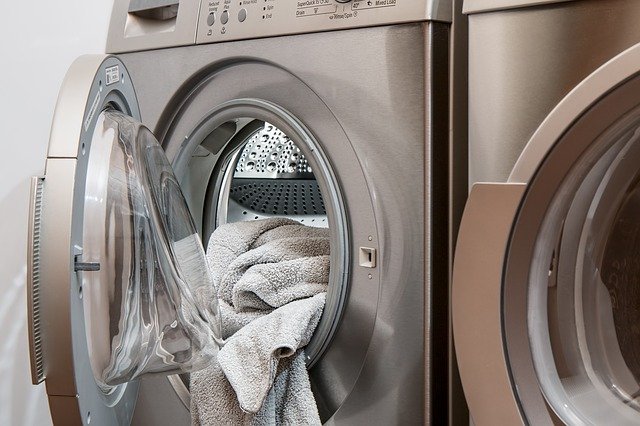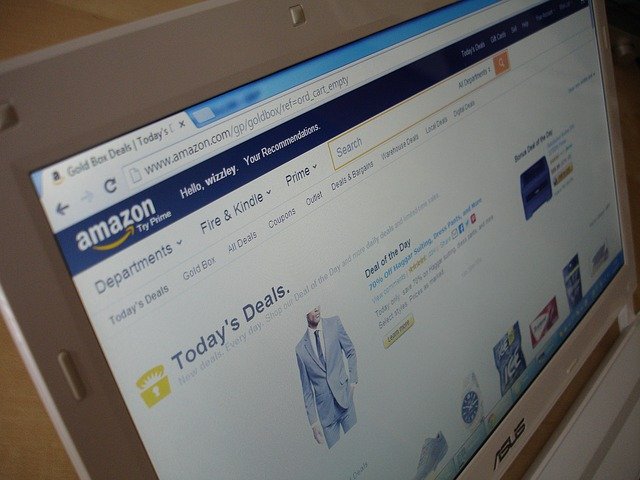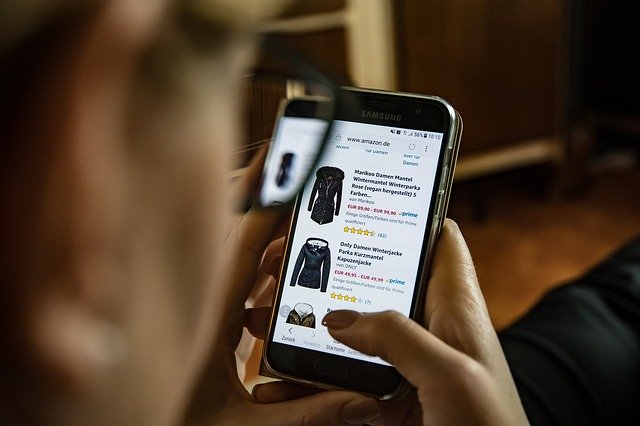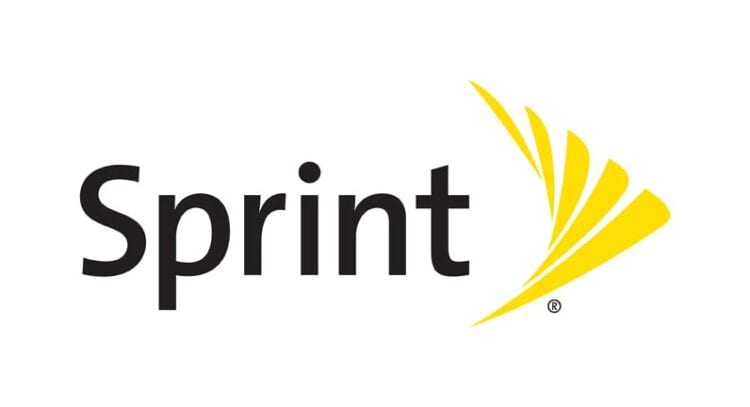Frugal Living Podcast: Dumpster Diving
In this episode of the Frugal Living podcast, host Jim Markus talks with Christina Deierling about dumpster diving and other ways to reduce food waste. You can listen to the Frugal Living Podcast on Apple Podcasts, on Spotify, on Anchor.fm, or anywhere you go to find podcasts.
Listen on Apple Podcasts
Table of Contents
- Dumpster Diving to Reduce Food Waste?
- What If I Don’t Want to Get Into a Dumpster?
- I Want to Help Reduce Food Waste, But I’m Not Sure I’m Ready For Scavenging for My Own Food
- Read a Transcript from This Episode
- More about the Frugal Living Podcast
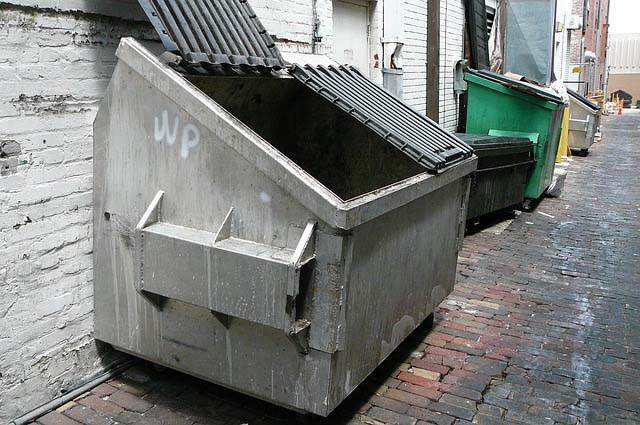
It’s exactly what it sounds like: jumping into, or at least searching through, dumpsters in order to find perfectly edible food. Christina explains that she started participating in the practice as part of her master’s thesis. The project was inspired by the level of food waste that happens all over the world–40% of all the food grown every year ends up going uneaten. She explains that by dumpster diving, she was able to develop a better understanding of people’s relationship with food waste and even go a full year without spending any money on groceries! (Except for the $4 she spent on two discounted pints of Ben & Jerry’s.)

Christina explains that there are other ways to get free and safe-to-eat food without getting into dumpsters. She used social media platforms like Next Door to find extra food her neighbors had, weren’t going to use, and couldn’t otherwise donate (usually because they had opened and used some of the contents). Another technique is to get to know people who work at local grocery stores, particularly the people who handle the produce. Christina explains that when her local grocery store would normally throw away old produce, the employees would box up the food that was still good and keep it separate from the rest. They would leave that prepacked box next to the dumpster and text Christina so she could pick it up.

These techniques can be used to provide food for yourself, or you could scavenge for food on behalf of charitable organizations that set up community kitchens where people can take what they need for free.
Christina goes on to explain that there are a lot of ways you can help without ever getting near a dumpster. You can help partner local grocery stores with food pantries to facilitate donations that would otherwise be thrown away, and you can learn new ways to use the foods you already buy to ensure less of it ends up in landfills. These include composting, preparing foods in ways that keep longer, and learning other uses for foods beyond eating them. Christina provided a PDF with more information on this.
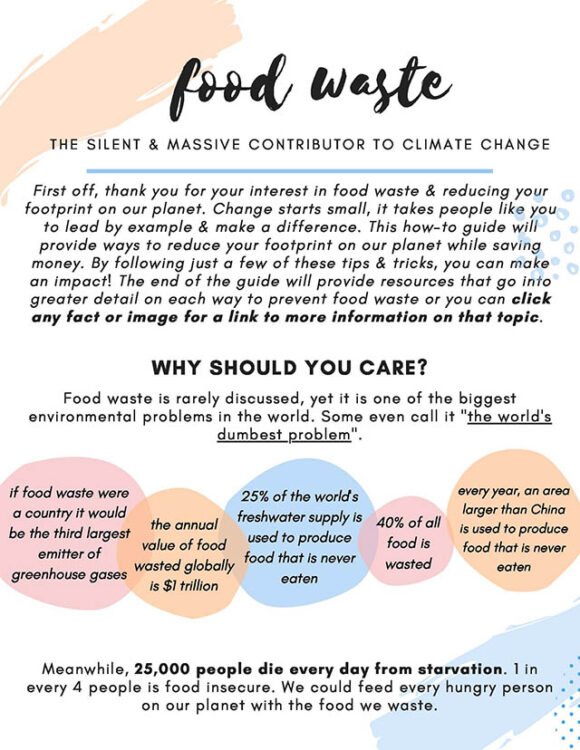
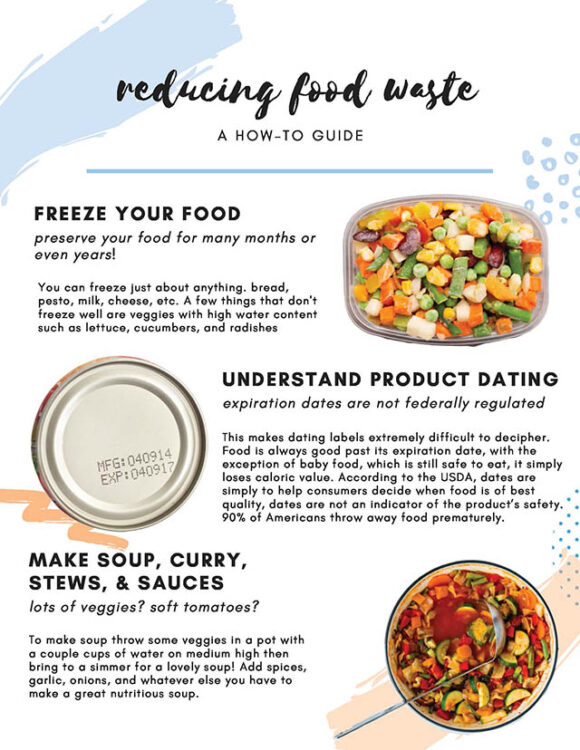
Christina explains that even though every year enough food is grown to feed the entire world and then some, people starve. We don’t have a production problem. We have a distribution problem. To hear more from Christina and about how you can help reduce food waste, check out the latest episode of Frugal Living or read the transcript below.
Christina (00:00):
I’m Christina Deierling, and I didn’t buy groceries for a year. And I’m a food waste warrior.
Jim (00:14):
This podcast is brought to you by Brad’s Deals, a team of real people dedicated to helping consumers. In this episode, I talked to Christina Deierling. She knows more about dumpster diving and eliminating food waste than any person I’ve ever met. Here’s our conversation.
Jim (00:42):
No groceries for a whole year is crazy.
Christina (00:46):
Yeah. So I would just go to dumpsters and find, like, I would find, I would have like certain dumpsters. It would be like here in Colorado, we have like the chip dumpster, which is from this chip factory that just like throws out all of their chips. So we have the chip dumpster and then I’ll have like the veggie dumpster. So back then I had, there was like this huge, like Mexican superstore where they had just like a bunch of vegetables and like strange cactus things that I didn’t know how to eat that I figured out how to, and so I would go there and they would actually sort their dumpsters. So they had one for meat and bread and then another one for vegetables. And I think that just the way it was set up and with the amount of people that use the dumpster, I think it might’ve been intentional for other people to use it, which is like extremely rare because usually, people don’t want you doing that.
Christina (01:36):
And there’s a guy who inspired me and his name is Rob Greenfield. And he’ll pay for your ticket if you ever, for some reason, get a ticket for dumpster diving.
Jim (01:46):
Oh wow.
Christina (01:46):
And he did the same thing. He didn’t eat, he didn’t buy groceries for a year. And then he did this, his other thing where he foraged for a year. And yeah, so he was a huge inspiration to me. How did you get into this? So I was actually originally, so I was doing my masters in leadership development and I had to do a week or a year long like thesis project. And so originally I was going to do one on like the outdoors and leadership education. And then my partner who I was working with couldn’t do it anymore with me. And so that’s how I turned. I was like, well, food waste is something that drives me insane.
Christina (02:19):
And my dad runs a food bank in Washington. He’s the director. And so he’s taught me a lot about just like how, how much food is wasted yet, how many people are in need. And so I decided that it would be cool to do a project on food waste and really dive into that. And, and then I was going to just do $10 a month on groceries. And the only thing I bought the first month were two tubs of Ben and Jerry’s that were discounted to $2 each. I’m also a very frugal person. I have lots of things I do to live a very small budget life, which is fun. So after that I was like, well, I don’t really need to buy food. You know, like I didn’t need that ice cream. And so then I got, I got way into it and yeah, some other things I did posted on Facebook marketplace, um, and Facebook community pages, and then the next door app, actually, they posted in there and I said, I’m doing my thesis on food waste. Like, if you have food that you don’t want any more that you can’t donate, just because it’s open or something like that, I’ll come pick it up. And so I would go to these people’s houses. Some of them had refrigerators bigger than my room and just like, they would just clear them out and give me tons and tons of food that they didn’t want. Yeah.
Jim (03:35):
Oh wow. My wife just had, we had, heavy cream and it was like, we had half of a bottle of heavy cream left and it was, you know, starting to smell a little bit funky and she made it into butter and it was the best.
Christina (03:50):
Nice job! Totally. That’s what’s cool about like milk that’s going bad. It’s actually–people buy that. It’s called buttermilk, you know? So you just use that in biscuits. Like it’s okay. If the milk is sour, it turns out fine. So that’s awesome. I love to hear that. That’s really cool.
Jim (04:06):
Yeah, I love the idea of zero waste or like how we can maximize what we already have instead of spending less or, you know, whatever, if you’re, it doesn’t take a lot to change what you’re already doing. It sounds like just reconsider some, uh, expiration dates or sell by dates. You know, sometimes they’re called sell-by dates for a reason. It’s not eat-by dates.
Christina (04:26):
Yeah. Exactly.
Jim (04:28):
What’s um. . . So there’s two big questions come to mind when you think about scavenging for food. One is: How would you get started, and two: What are things to watch out for? Like what are mistakes that are pretty common?
Christina (04:45):
Getting started, I think, was the hardest part. I think before COVID there were some groups like Rob Greenfield, the guy who influenced me a lot, he actually put together a bunch of dumpster diving groups. So he would like bike around the US and then meet a bunch of people and then they would go dumpster dive, and then they would take all that food and set it on like a lawn and say, free food from the dumpsters. Like, come take it. It’s not only showing people how to do it, but it’s also like showing the community how much is wasted. So those groups are always cool. But since we can’t do that now, I think he, he has a guide to dumpster diving on his website, robgreenfield.com. So he just talks about everything and dumpster diving there. So a lot of people think there’s like certain times a day, but there’s really not.
Christina (05:29):
People throw away food all of the time. Maybe if it’s a smaller store, you might be able to find like when they do a big throw out, but it’s pretty random just with the amount of waste. Like they’re picking it up almost every night anyway. So there’s pretty much always something there. I would say, just don’t get discouraged. Like it can be kind of hard sometimes to go out on your own and look through dumpsters when you don’t know are things in bags or like are things out and normally produce like at least how I’ve seen it just out or in a box. And then sometimes they bag things. So just like looking through those bags as well, going with friends is a good thing too, I think. And then just like not being scared, like if, you know, if you know what the law says about dumpster diving, then it takes away the fear that you’re doing something wrong.
Christina (06:15):
I mean, of course that’s from my perspective as a white female too, like I know that homeless people have a lot more problems with this and I’m certain like people of color and stuff. Of course. So I’m very privileged to not have to worry about getting in trouble. Like I think I can talk my way out of it and Sam doing a food based thesis or something, but preparing something to say, if someone comes up to you and you can S you can always say you’re doing your thesis on food waste or something. So having something to say, it’s definitely a good way, I think, to, to get that fear out and then just trying it,
Jim (06:48):
Have you worked with local businesses or I think like, like farmer’s markets, have you talked to these places before they throw it out? Would that be easier?
Christina (06:57):
Totally. Yeah. So there’s a grocery store in Washington that I have a deal with the produce guy. He like comes out and brings me the food that would go into the dumpster because they have a compactor. So never go into contractors ever, ever. Don’t risk your life for that. But if you talk to the produce people before he’ll box up all the food that he was going to throw away, and then instead of putting it in the compactor, he’ll set it on the compactor and text me, and then I can go pick it up. So that’s a good way to do it for farmer’s markets. I would always go to the farmer’s markets and tell each, each one of the stands, like what my project was about. And then I would ask if they had any food that they were going to waste afterwards, that I could just take it before COVID this was a bunch of samples.
Christina (07:41):
So like salsa, they’ll put out a whole thing of salsa and a bag of chips, and they’ll let people sample it. And then usually like either the employees will take it home, but they’re pretty tired of whatever they’re selling by that point. So I would just go and pick all those up at the end and then like vegetables that had fallen on the ground or been bruised or stuff like that. I did a little bit of work with waste, not orange county waste, not OSI. And they would go around and they would go to the farmer’s markets actually. And they would collect food, not like the samples, but food that’s on it. Wasn’t opened that they could donate to the food bank. So they would go and save a lot of food. Um, and they were saving like millions of pounds a year. So that’s a really cool, it’s a really cool program, which we need a lot more of, but yeah, it’s definitely my goal to get it before it goes in the dumpster. But some people don’t even want you taking it from the dumpster. So that’s where it gets.
Jim (08:35):
That makes sense. So it sounds like community is a pretty big part of this. Like you’ve mentioned a couple of different organizations, uh, Rob Greenfield, and then this Orange County organization are there national groups where we’ve got listeners hopefully around the U.S. Is there one local place where they can kind of go for information?
Christina (08:53):
Hmm. . . That’s a good question. Partnering with food banks is a huge thing, talking to local grocery stores and trying to increase their donation, like how much they donate, because right now I know that one of the grocery stores that’s donating to the food banks is. . . They say they’re donating, but I find so many perfectly donatable foods in the dumpster. So trying to teach their produce department, how to, you know, instead of having like one box for old veggies that you throw out, you have two boxes, one’s for donations. And one’s just for like the trash, if it’s like completely moldy or something. So that’s a good one is just checking with your food bank and trying to partner with them to get grocery stores to donate more. But it obviously involves a little bit of creativity and sales pitches, just fun. And then there’s another organization called Food, Not Bombs.
Christina (09:45):
They do like soup kitchens and stuff. And they collect, I think they’re trying to collect like food waste and free food that they can collect and then prepare it in a way that people can eat it, like in soups and stuff. And we give it out to people. So that’s a good organization as well. There’s a lot of like individual ones by county. I think like Boulder, Colorado has a good one where they give you, um, a little, I think I haven’t looked into it too much, but I’m pretty sure how the, how it works is that they give you a little trailer to put behind your bike and then may assign you to places and you go back to those places and then they put the food in your little trailer in the back of the bike and then you bike it back to them. (Jim: Oh great.) Yeah. So it’s super cool because it’s, it’s no waste, it’s no emissions, you’re getting a good workout and you’re saving food and feeding people. So it’s a pretty sweet deal.
Jim (10:35):
Kind of all around, a great, a great option. That’s that’s perfect.
Christina (10:38):
Yeah. So cool. Yeah.
Jim (10:40):
What is the organization in Boulder called?
Christina (10:42):
Boulder Food Rescue, I think. Redistributing produce and power. They’re aiming to create a less wasteful food system.
Jim (10:51):
I’m starting a garden this year. I’ve never had room to start a garden and I’m so excited about it. So that has me interested in composting as well. Is this something you have experience with, like, is this, do you have thoughts on, you know, using non-edible food for like compost or anything like that?
Christina (11:05):
Totally. Yeah. So there’s actually, it’s called like a food waste pyramid and it shows the level of how food should be not, not all consumed but dealt with, I guess. So at the top it would be people eating it and then it would go to animals. So like feeding chickens or cows, and then it goes to compost and then it goes to garbage. Being able to compost is awesome and sweet that you’re going to do that. And it really helps feed your garden a lot of nutrients too. So that things grow even bigger. Yeah. So definitely would recommend composting. That’s what we do at home. I have a lot of compost just because I’ll take everything from the dumpster and then I have to sort it and not all of it is good. And so we just have a lot and we’ll take it either. What we did is we posted on our Facebook page, like our community Facebook page. And we said, does anyone have compost that we could put like our compost didn’t and we got so many responses. And so we’ve just been dropping compost off at a local house and their chickens are eating it. Oh, very cool. So doing that or doing it yourself and just making sure you have the right amount of like nitrogen and carbon, which is like leaves versus like vegetables and yeah. There’s charts that explain it. But yeah, compost is awesome.
Jim (12:18):
I didn’t realize how easy it was. The biggest things to look out for is like, you know, no grease, no meat, nothing that’ll draw like rats. But other than that, yeah. Pretty much anything. Which is cool.
Christina (12:30):
Yeah. It’s super cool. Yeah. And like tea leaves and tea leaves and coffee as well. Put that in there. I mean, you can use those for other things as well. Like you can use coffee grounds as an, as an exfoliant. Oh, interesting. Yeah. So there’s lots of other uses for foods like eggshells can be put around your plants, um, to keep slugs out. Cause they don’t like the sharpness of the eggshells.
Jim (12:55):
Incredible.
Christina (12:55):
I Know. Super cool. So there’s a lot you can do with old food besides throw it away. Yeah.
Jim (13:02):
I’m going to guess the majority of people listening, they’re going to probably have some hesitation to dumpster diving. There’s there’s a stigma associated with this, I guess. What would you say to them?
Christina (13:12):
Yeah. Try to find your “why”. There’s a lot of talk recently. I think in the world about finding like why, why you do what you do. So in terms of like living my life, I feel like I have certain life missions, like ending food waste, teaching kids about outdoor leadership education. And those are why I’m doing the things I’m doing. And if something I want to try fits in those, in that “why” then it’s like totally fine for me to try. I think. And so dumpster diving fits in my like passion for ending food waste. So you don’t even, you don’t have to think about it just about getting food for yourself, but you can think about it as you are helping save food and stopping food waste and you don’t have to eat all the food, you can donate it, which is what we’ll do a lot.
Christina (13:58):
It’s just like when we had a place in, in California, there was like just blocks and blocks of houses. And so we would set stuff from the dumpster and our front lawn and just like write on there. Yes. These cans might be expired. But according to the USDA expiration dates, they say nothing about the quality of the food, which they do. That’s what the USDA source says. And so like writing little sign about that and where it’s from and giving it out to people. So not just making it about like getting food for yourself, because it’s way easier to buy food. You know, it’s so much easier, but to dumpster dive it, it’s free. And then you learn how to cook other things and you’re saving food. So yeah. I think just like realizing your intentions helps you push through some of the gross parts sometimes.
Jim (14:45):
That’s awesome. No, that makes total sense. (Christina: Yeah.) I would like to get more into the CSA. I’ve I’ve used CSAs in the past. I’m a huge fan. One of the things I like about CSA, which is community supported agriculture, is that everywhere you go, if you’re on Facebook, you’re probably getting bombarded by ads that are like meal planning kits, which, you know, maybe that’s fine. Like maybe that suits your life. My CSA that I’ve been using, uh, which is a local farm in Illinois, gives me that same benefit without the markup. Like it’s going right to the farmers.
Christina (15:16):
It’s super awesome. And you’re shopping local, you’re supporting your local economy as well.
Jim (15:20):
Where do people go to find more about CSAs?
Christina (15:23):
If I were trying to find out more right now, I would just Google like community supported agriculture and then whatever town I’m in. And I think a lot would pop up that way. I mean, I know a lot of it’s posted, like I’ve seen flyers for CSA boxes around town here as well, which is cool. And also what you can do. What I used to do is people had to pick up their CSA boxes by a certain time. And a lot of them would forget or be out of town. So you can go get the leftovers after a certain time, (Jim: That’s awesome.) which is like three local produce is awesome. Every year in the whole world, 40% of food is wasted. 40%. A quarter of our world’s fresh water supply is used to produce food. That’s never consumed. All of this is happening. Well, one in six people are suffering from food insecurity globally. So if we were able to somehow take all the food that we waste and give it to those people, it would fully cover them for three meals a day, fully nutritious, plus some more people. So we have the food, we just can’t distribute it properly.
Jim (16:29):
The frugal aspect of this, which I hope is clear just from our conversation, but the frugal aspect of this is if 40% of food is wasted in the world, then it’s an obligation that we look in our own refrigerators and pantries, you know, morally, probably and ethically, absolutely. We should be doing this, but in a much more selfish way, if you want to live frugally, maybe look at what we’re throwing away first. Is the answer “I should buy less of this in the future”, or is the answer, “This doesn’t need to be thrown away. I can eat this.” The other thing that comes to mind is when we think of dumpster diving, sometimes there’s this stigma attached to it. You know, we think, oh, why are they doing that? Or why. . . you know, is this trespassing? But really the question we need to ask is why is this food being thrown out in the first place? This food is going to waste. This keeps us alive and people are going hungry. If you don’t want to get food in an uncomfortable way, then how can we help our communities reduce the waste that ends up in dumpsters?
Jim (17:33):
I learned a lot from Christina. And if you want to know more, we will have a blog post up at Brad’s deals. The Brad’s Deals blog will have a post with more information about this conversation. And if you’re interested in more of what Christina has say about eliminating food waste or ways that you can help cut down on the amount of food that goes wasted every year, check out the blog, we’ll have a link to a PDF that Christina created that talks about how to best use food and things that you can do to help eliminate food waste while living a frugal life
Jim (18:12):
Special thanks to Christina Deierling and Sidney Smith for this conversation. H. Borkowski is our story editor, and I’m Jim Markus. If you like Frugal Living, please share it with a friend or leave us a review on iTunes. Thanks for listening. Frugal Living is brought to you by Brad’s Deals, a team of proud consumer advocates who scour the internet every day for the best prices on well, everything. That’s BradsDeals.com.
Frugal Living is a podcast for smart consumers. How do you spend less and get more? The show, sponsored by Brad’s Deals, features interviews, stories, tips, and tricks. Jim Markus hosts season two, out now.
The post Frugal Living Podcast: Dumpster Diving appeared first on The Brad's Deals Blog.


